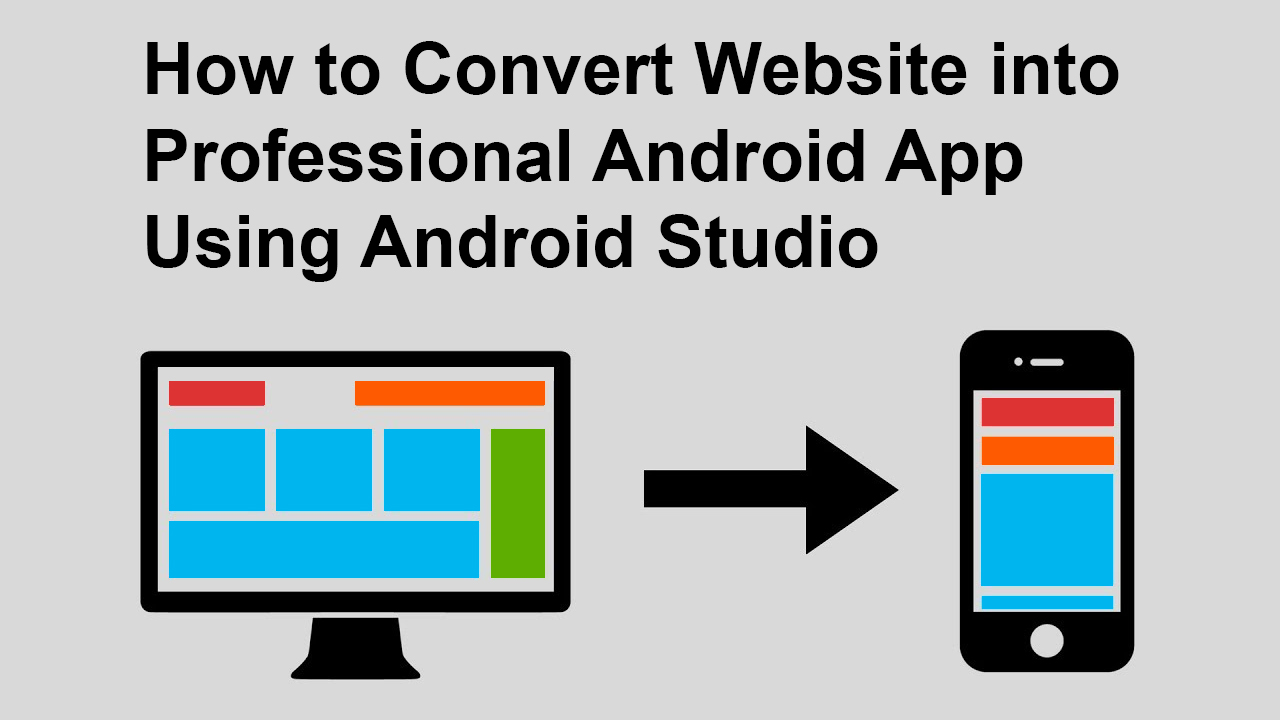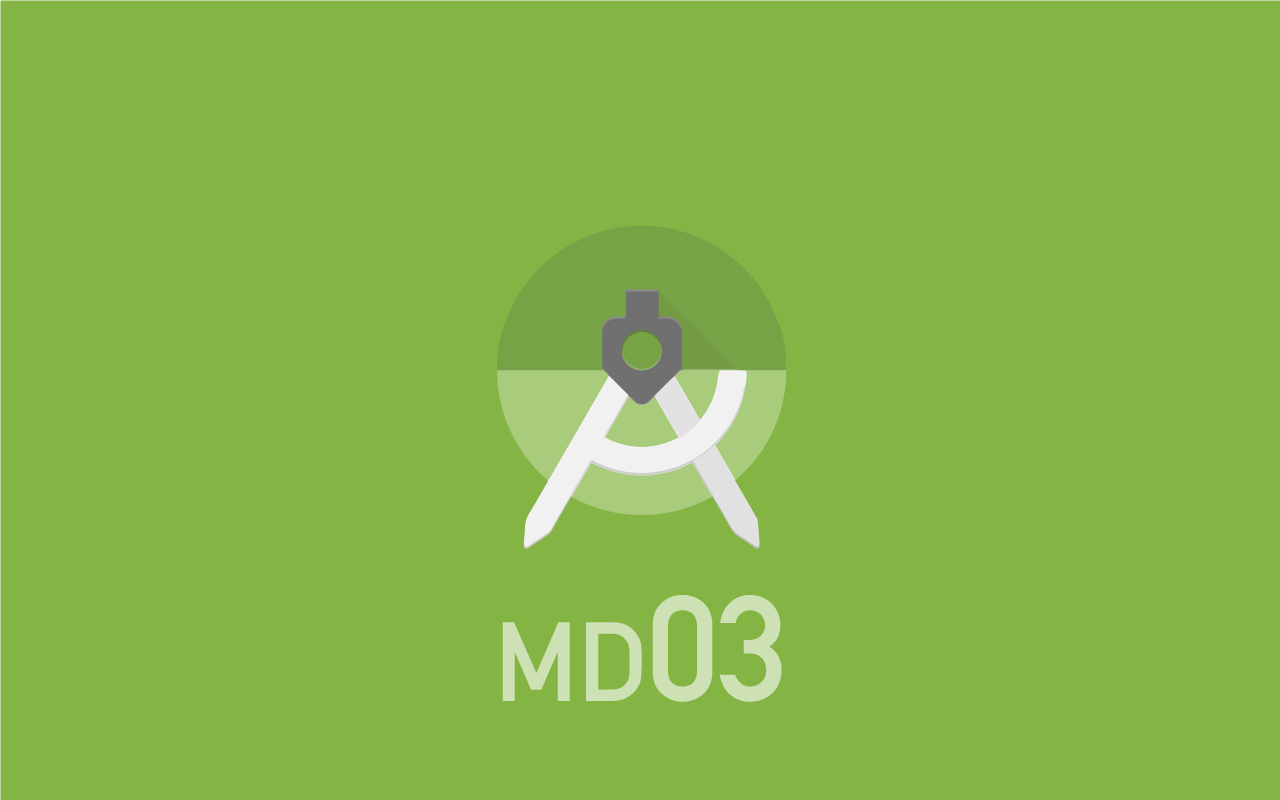

Once you've created your emulator, start it, and then we need to install the target app. The 'Google Play' target includes extra restrictions and is not easily interceptable. Uses a relatively recent Android version - Android 10 or 11 is fine.Uses an x86-based image, since the performance will be far better on most computers.Can be any device model, though things may be smoother with a popular device like a Pixel 4.To create an interceptable Android emulator, you should create an AVD, that: It is possible to create and start one using the Android SDK directly (see this article) but it's easiest to just install Android Studio, create an empty project, and use the developer tools provided there (if you're not familiar with these developer tools at all, there's an detailed official guide). Let's walk through how to do that, step-by-step: Setting up the emulator This means that you can't see their traffic with simple proxy tools, and you can't manually trust HTTPS debugging proxies without either editing and rebuilding the entire app, or setting up your own rooted device.įortunately, there's a quick & easy way around this: you can manually install official APKs into a normal Android emulator, which provides enough access that tools like HTTP Toolkit can capture all traffic for most apps for you totally automatically, and allow you to edit responses in just a couple of clicks. If you can see and edit these requests & responses then you can understand, debug, and change how any app works, but Android makes this hard to do.īy default, almost all apps will use HTTPS but won't trust user-installed certificates. Any help in resolving this issue will be highly appreciated.HTTP is used by almost all Android apps to request data, load content, and send changes to backend servers. I have a stable internet connection so that should not be an issue.

TargetCompatibility JavaVersion.VERSION_1_8Īdded dependencies as well implementation ':sdk-routing:2.4101' SourceCompatibility JavaVersion.VERSION_1_8 ProguardFiles getDefaultProguardFile('proguard-android-optimize.txt'), 'proguard-rules.pro' These are the code changes that I have made -Īdded compileOptions in the app adle file -ĪpplicationId ""

I have followed all the steps mentioned in the TomTom Documentation. When I am trying to add the dependancy to my project, my gradle is throwing the following error -ĮRROR: Failed to resolve: :sdk-routing:2.4101 For that I am using TomTom's Rounting API. I want to calculate distance between 2 points and show the distance and duration in a textview.


 0 kommentar(er)
0 kommentar(er)
